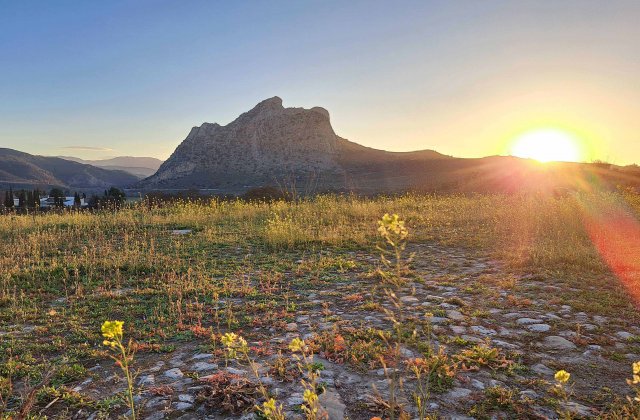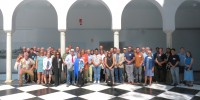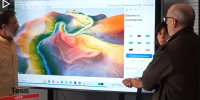Through February 2024 a joint team from the universities of Geneva, Sevilla and Southampton led by José Ruiz Flores, Leonardo García Sanjuán and David Wheatley is undertaking a full survey of La Peña de los Enamorados, a limestone massif integrated in the Antequera UNESCO World Heritage landscape of the 4th and 3rd millennia BC which later went on to have an outstanding history. The main aim of the survey season is to gather the evidence necessary to produce a high-resolution cartography and inventory (a ‘carta arqueológica’) of La Peña. First occupied in the late 5th millennium BC, La Peña has been continuously in use over the last six thousand years and contains archaeological elements dating to the Copper Age, Bronze Age, Iron Age, Roman period, Middle Age as well as Modern and Contemporary periods. Photograph by Raquel Montero Artús.



